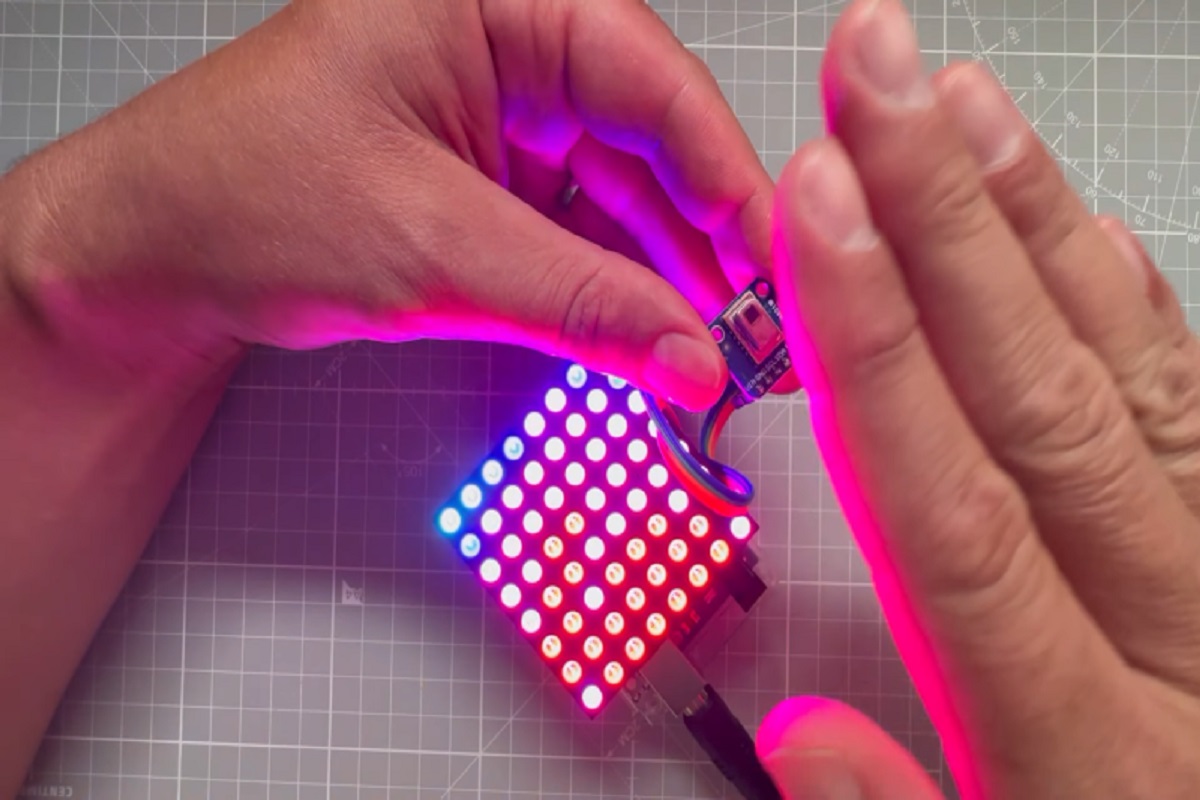Ever seen those inexpensive telescopes at the store? They come in fancy boxes with stunning pictures, usually from powerful telescopes like Hubble. However, what you see through them is often quite different. That’s a bit like what happens with [upir’s] Arduino thermal camera project. It’s important to take a closer look at this project because it mixes images you’d expect from an 8×8 sensor with pictures from a much better camera.

The actual project is quite cool. It brings together a cheap 8×8 infrared (IR) sensor and an 8×8 LED panel to create a basic but functional thermal camera.
He makes good use of existing libraries, explaining how and why he chose them and made some necessary changes. One interesting part is when he demonstrates plotting HSV values to the LED array instead of the typical RGB values.
The rest becomes relatively simple once you have code ready to read the sensor and control the LEDs. However, just like the dime-store telescope, you shouldn’t expect astonishing results. Nevertheless, you probably have most of the necessary components lying around, except for the $20 sensor.
Around the ten-minute mark in the video, he showcases the same sensor in a commercial module that enhances resolution on an LCD screen. While still basic, he quickly reviews a commercial camera that can be plugged into your phone. (Feel free to skip the video beyond this point if you do not like subtle advertising.) We’ve actually discussed that camera before, as well as some of its competitors. While any of those options will outperform the 8×8 Arduino camera, they’ll also be pricier and won’t provide the satisfaction of building it yourself.
Leave a Reply